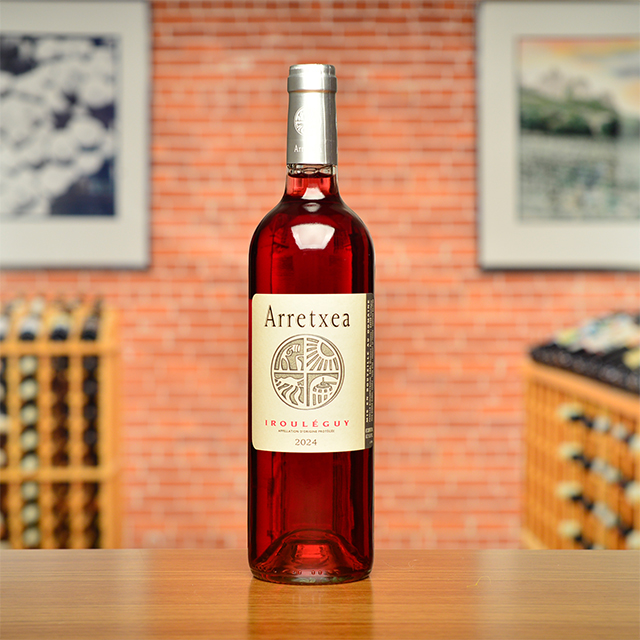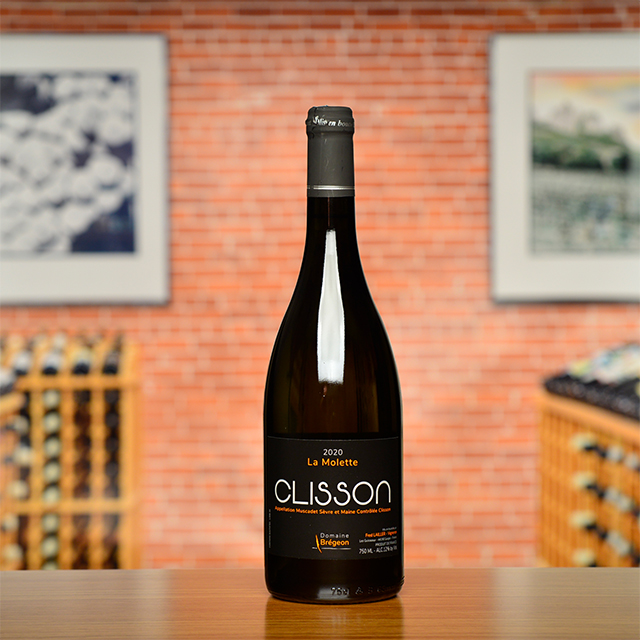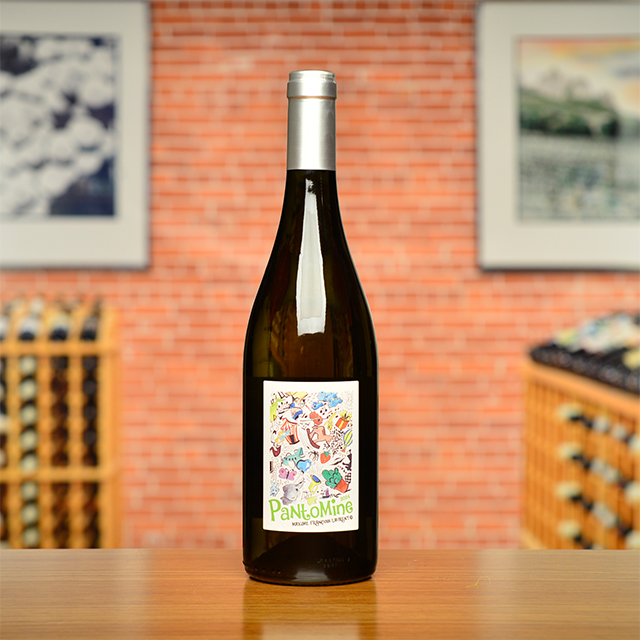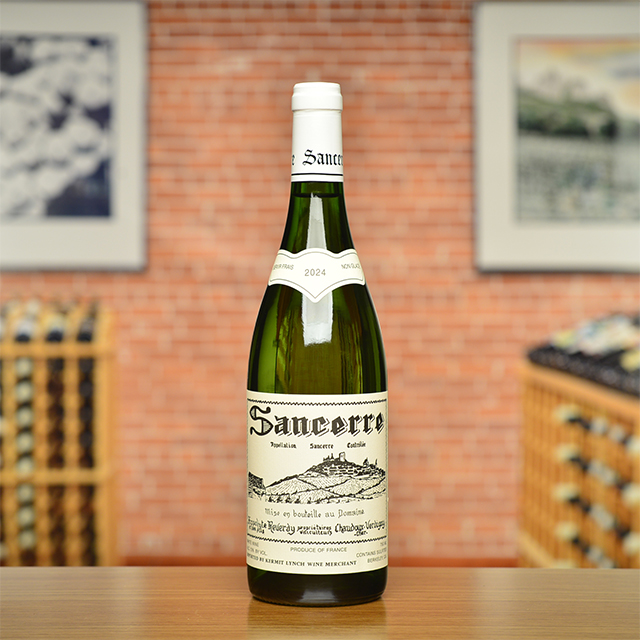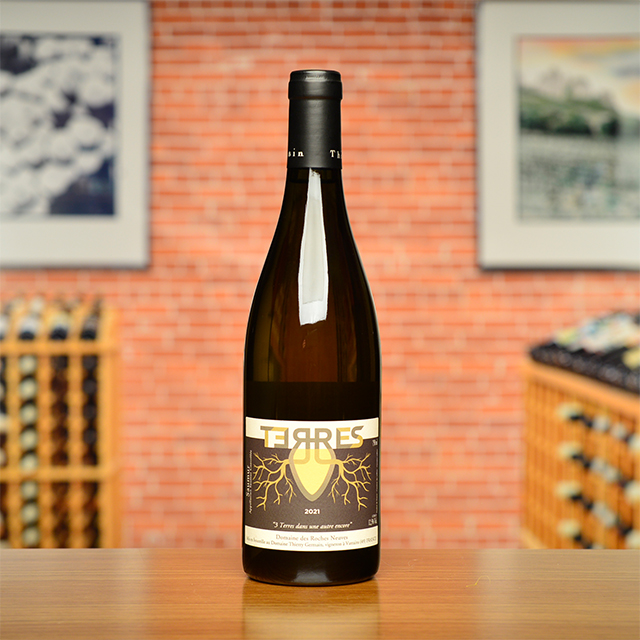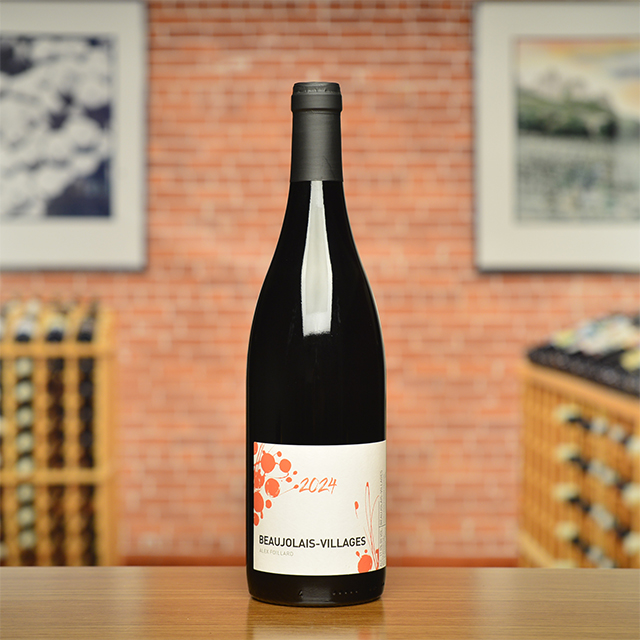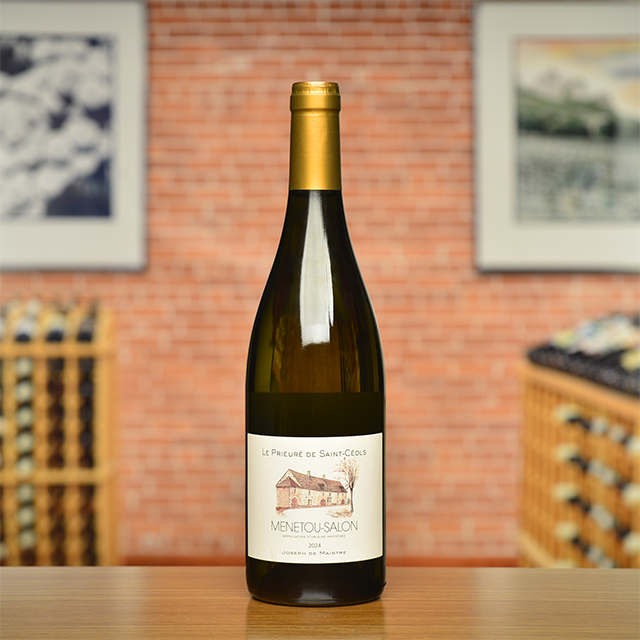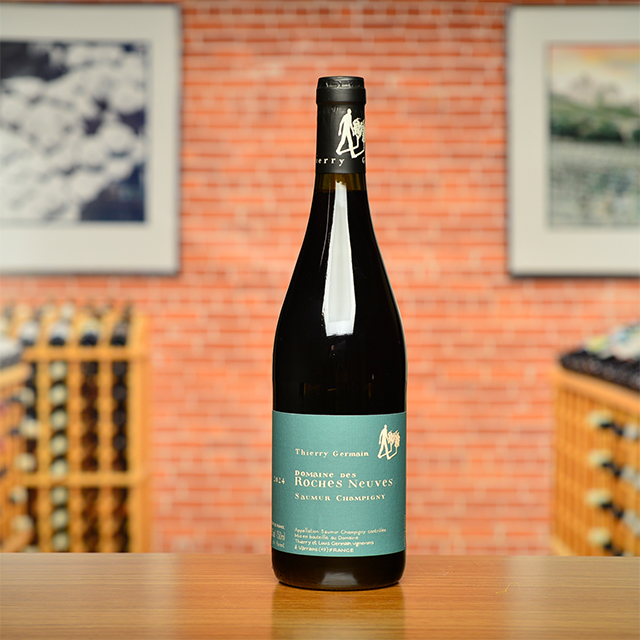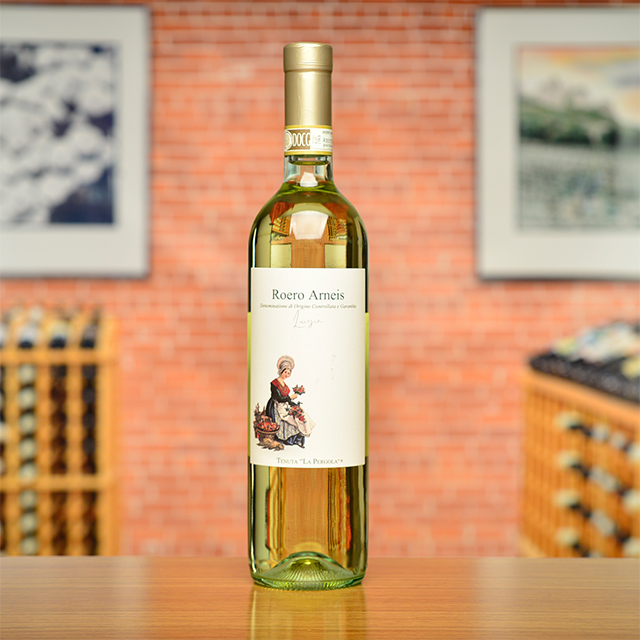Notify me
2017 Savennières Moelleux
Château d’Épiré
Ask anyone who has worked at KLWM for over twenty years to name their favorite wine from Kermit’s legendary cellar and you will get the same response: the 1947 Moelleux from Épiré. The aromas are too abundant to name, their beauty and intrigue unparalleled in the wine world. Here is your chance—if you can be patient—to create some of the most exciting memories of your wine life.
—Dixon Brooke
| Wine Type: | dessert |
| Vintage: | 2017 |
| Bottle Size: | 750mL |
| Blend: | Chenin Blanc |
| Appellation: | Savennières |
| Country: | France |
| Region: | Loire |
| Producer: | Château d'Épiré |
| Winemaker: | Luc Bizard |
| Vineyard: | 30-55 years, 8.5 ha |
| Soil: | Schist |
| Aging: | Juice rests for 24 hours before being racked into stainless steel cuves or barrel for fermentation to begin |
| Farming: | Lutte Raisonnée |
| Alcohol: | 13% |
More from this Producer or Region

2024 Bourgueil Rosé “La Ritournelle”
France | Loire
Brisk red-fruited twang, some herbaceous zest, and an absolutely mouthwatering zingy finish.

2023 Menetou-Salon Blanc “Cuvée des Bénédictins”
France | Loire
Pure and precise, this chalky Sauvignon Blanc offers a combination of bright citrus with a creamy depth that is simply hard to resist.

2024 Pouilly-Fumé “Vieilles Vignes”
France | Loire
Sauvignon Blanc has many incarnations throughout the world, but even in the Loire Valley—the grape’s spiritual home—Pouilly Fumé represents a very distinctive example.

2023 Sancerre Rouge
France | Loire
Chotard has crafted a delicious, complex, and elegant rouge that gives many village Burgundies a run for their money.

2022 Vin de France Rouge “Le Martray”
France | Loire
The new vintage shows great freshness and brightness, making me think of tart berries picked in the forest just a touch below full ripeness.

2024 Sancerre Rosé
France | Loire
Sancerre Rosé is made from Pinot Noir grown in Kimmeridgian limestone soil, and the Neveu family’s interpretation is fine, floral, crisp, and bone-dry.

2022 Quincy “Château de Quincy”
France | Loire
Textured, lush, full of aromatic gooseberry and passionfruit—all supported by spiny minerality.

2020 Muscadet Sèvre et Maine Clisson “La Molette”
France | Loire
A subtly floral nose and textured mouthfeel seal the deal. This is off-the-charts Muscadet.
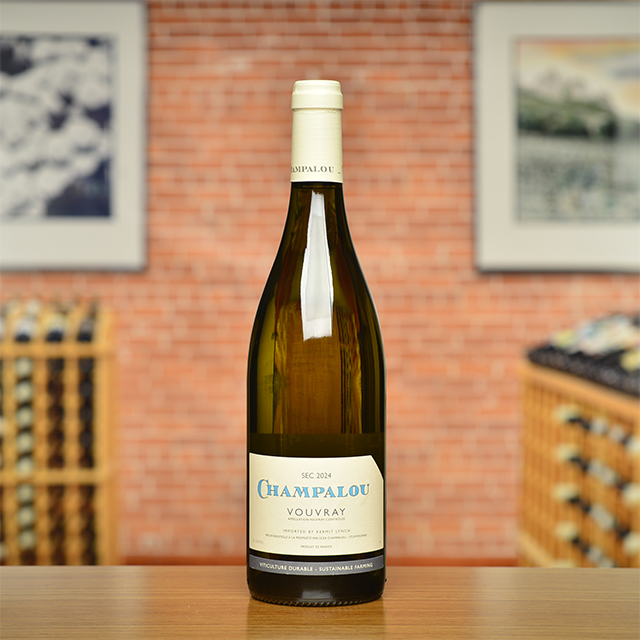
2024 Vouvray
France | Loire
Gentle and refreshing on the palate, it boasts a delightful balance of stony minerality with luscious, almost honeyed fruit and flowery notes.

2022 Chinon “Le Domaine”
France | Loire
It is fresh and buoyant enough for casual fare yet has the stuffing to accompany heartier dishes, while its vivid raspberry fruit makes it extremely approachable today, notwithstanding its medium-term aging potential.
About The Region
Loire

The defining feature of the Loire Valley, not surprisingly, is the Loire River. As the longest river in France, spanning more than 600 miles, this river connects seemingly disparate wine regions. Why else would Sancerre, with its Kimmeridgian limestone terroir be connected to Muscadet, an appellation that is 250 miles away?
Secondary in relevance to the historical, climatic, environmental, and cultural importance of the river are the wines and châteaux of the Jardin de la France. The kings and nobility of France built many hundreds of châteaux in the Loire but wine preceded the arrival of the noblesse and has since out-lived them as well.
Diversity abounds in the Loire. The aforementioned Kimmeridgian limestone of Sancerre is also found in Chablis. Chinon, Bourgueil, and Saumur boast the presence of tuffeau, a type of limestone unique to the Loire that has a yellowish tinge and a chalky texture. Savennières has schist, while Muscadet has volcanic, granite, and serpentinite based soils. In addition to geologic diversity, many, grape varieties are grown there too: Cabernet Franc, Chenin Blanc, Sauvignon Blanc, and Melon de Bourgogne are most prevalent, but (to name a few) Pinot Gris, Grolleau, Pinot Noir, Pineau d’Aunis, and Folle Blanche are also planted. These myriad of viticultural influences leads to the high quality production of every type of wine: red, white, rosé, sparkling, and dessert.
Like the Rhône and Provence, some of Kermit’s first imports came from the Loire, most notably the wines of Charles Joguet and Château d’Epiré—two producers who are featured in Kermit’s book Adventures on the Wine Route and with whom we still work today.
More from Loire or France
2021 Chinon “Les Varennes du Grand Clos”
Charles Joguet France | Loire
Touraine “Fines Bulles”
Domaine de la Chanteleuserie France | Loire
2018 Saumur Blanc “L’Échelier”
Thierry Germain France | Loire
2022 Jasnières “Cuvée Sainte Narcisse”
Pascal Janvier France | Loire
2022 Gros-Plant du Pays Nantais
Domaine Michel Brégeon France | Loire
2022 Chinon “Cuvée Terroir”
Charles Joguet France | Loire
Vouvray Brut “La Dilettante”
Catherine & Pierre Breton France | Loire
2023 Muscadet Côtes de Grand Lieu sur lie “La Nöe”
Eric Chevalier France | Loire
2020 Chinon “Les Varennes du Grand Clos”
Charles Joguet France | Loire
2024 Vouvray
Champalou France | Loire
2024 Reuilly “Les Pierres Plates”
Domaine de Reuilly France | Loire
2024 Val de Loire Rouge Grolleau
Catherine & Pierre Breton France | Loire
2021 Chinon “Les Varennes du Grand Clos”
Charles Joguet France | Loire
Touraine “Fines Bulles”
Domaine de la Chanteleuserie France | Loire
2018 Saumur Blanc “L’Échelier”
Thierry Germain France | Loire
2022 Jasnières “Cuvée Sainte Narcisse”
Pascal Janvier France | Loire
2022 Gros-Plant du Pays Nantais
Domaine Michel Brégeon France | Loire
2022 Chinon “Cuvée Terroir”
Charles Joguet France | Loire
Vouvray Brut “La Dilettante”
Catherine & Pierre Breton France | Loire
2023 Muscadet Côtes de Grand Lieu sur lie “La Nöe”
Eric Chevalier France | Loire
2020 Chinon “Les Varennes du Grand Clos”
Charles Joguet France | Loire
2024 Vouvray
Champalou France | Loire
2024 Reuilly “Les Pierres Plates”
Domaine de Reuilly France | Loire
2024 Val de Loire Rouge Grolleau
Catherine & Pierre Breton France | Loire
Kermit once said...

Kermit once said...
For the wines that I buy I insist that the winemaker leave them whole, intact. I go into the cellars now and select specific barrels or cuvées, and I request that they be bottled without stripping them with filters or other devices. This means that many of our wines will arrive with a smudge of sediment and will throw a more important deposit as time goes by, It also means the wine will taste better.
